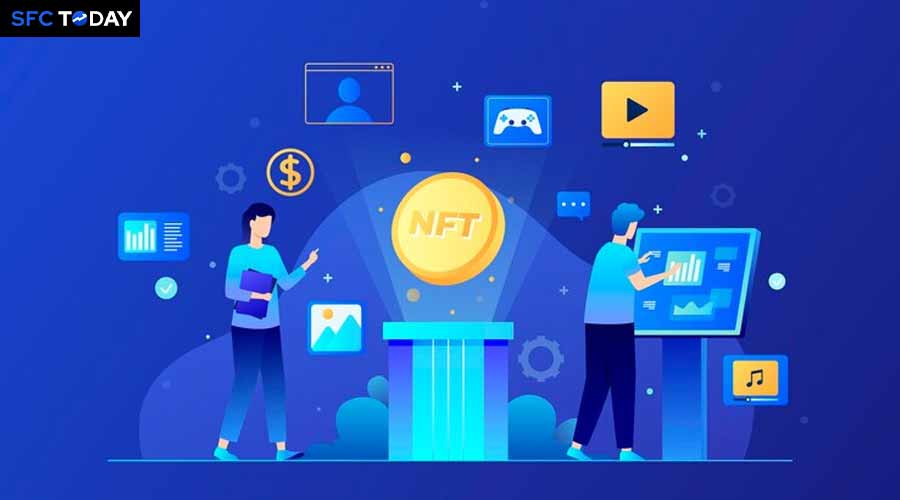This guide explores the mechanisms of DeFi lending and borrowing
Decentralized Finance (DeFi) has emerged as one of the most transformative sectors within the blockchain space, redefining how users access financial services. Among its many applications, DeFi lending and borrowing platforms have gained significant traction by providing alternatives to traditional banking systems, where transactions are controlled and mediated by centralized institutions. This guide explores the mechanisms of DeFi lending and borrowing, discusses their benefits and risks, and provides insight into how these platforms operate.
Introduction to DeFi Lending and Borrowing
DeFi lending and borrowing platforms enable users to lend out their cryptocurrencies and earn interest or borrow against their crypto assets under collateralized agreements. These platforms are built on blockchain technology, primarily Ethereum, allowing transactions to be executed via smart contracts without the need for intermediaries like banks.
The core idea behind DeFi lending and borrowing is to create an open, inclusive, and transparent financial system where anyone with an internet connection can participate without needing approval from a traditional financial institution.
How DeFi Lending and Borrowing Works
DeFi lending and borrowing rely on smart contracts that automate the execution and management of loans. Here’s a step-by-step breakdown of the process:
Depositing Funds: Lenders add their funds to a liquidity pool, which is a collection of funds locked in a smart contract. These funds are made available for borrowing by other users.
Setting Terms: Terms such as interest rates, loan duration, and collateral requirements are set dynamically by algorithms or can be fixed in certain protocols depending on user votes or other mechanisms.
Taking Out a Loan: Borrowers can take out a loan by locking up collateral that exceeds the value of the borrowed amount. This over-collateralization mitigates the risk of non-payment.
Interest Payments: Borrowers pay interest on their loans, which is distributed to the lenders as a return on their investment.
Repayment and Unlocking Collateral: Borrowers repay their loans along with interest to retrieve their collateral. If a borrower fails to repay, the collateral is liquidated to cover the losses, protecting the lenders.
Benefits of DeFi Lending and Borrowing
Accessibility
DeFi platforms remove barriers to entry for financial services. Unlike traditional banks, which require extensive documentation and credit checks, DeFi systems are accessible to anyone with a digital wallet and an internet connection, regardless of geographic location or credit history.
Higher Returns for Lenders
DeFi platforms often offer higher interest rates compared to traditional savings accounts or fixed deposits, providing lenders with more lucrative investment opportunities.
Flexibility
DeFi loans are typically more flexible than conventional loans, offering a variety of terms and allowing borrowers to repay at any time without prepayment penalties.
Transparency
The use of blockchain technology ensures that all transactions are transparent and traceable. Smart contracts allow users to verify the terms and conditions of the loans independently.
Risks and Challenges
Market Volatility
The cryptocurrency market is known for its high volatility. Rapid price fluctuations can affect the value of collateral, leading to situations where collateral might need to be liquidated if it falls below a certain threshold.
Smart Contract Vulnerabilities
DeFi platforms are dependent on the security of their smart contracts. Bugs or vulnerabilities in the code can lead to significant losses. For instance, several DeFi platforms have been victims of hacks where flaws in smart contracts were exploited.
Regulatory Uncertainty
The DeFi sector operates in a largely unregulated environment. This lack of regulation poses risks concerning compliance with existing financial laws and could lead to future legal challenges or changes in the regulatory landscape.
Liquidity Risks
Liquidity issues can arise if there aren’t enough funds available to meet withdrawal requests or if the market conditions prevent the liquidation of collateral at a fair price.
Popular DeFi Lending and Borrowing Platforms
MakerDAO
MakerDAO is one of the pioneering DeFi platforms. It allows users to borrow DAI, its stablecoin pegged to the US dollar, against Ethereum. Interest rates and stability fees are set by the Maker community through governance votes.
Compound
Compound is an algorithmic, autonomous interest rate protocol that lets users supply and borrow Ethereum tokens through a decentralized market. Lenders earn interest on the crypto they supply to the protocol and borrowers pay interest for borrowing it.
Aave
Aave is a decentralized lending system that allows users to lend, borrow, and earn interest on crypto assets without middlemen. It offers unique features like uncollateralized loans, “rate switching,” and more.
Conclusion
DeFi lending and borrowing platforms offer a promising alternative to traditional financial systems by providing greater accessibility, potentially higher returns, and increased transparency. However, the risks associated with market volatility, smart contract vulnerabilities, and regulatory uncertainty must not be underestimated.
For users willing to navigate these risks, DeFi can provide a powerful tool for achieving financial freedom and innovation. As the DeFi space continues to evolve, it is likely to introduce more refined mechanisms and stronger security practices that could further solidify its position as a cornerstone of the modern financial landscape.







